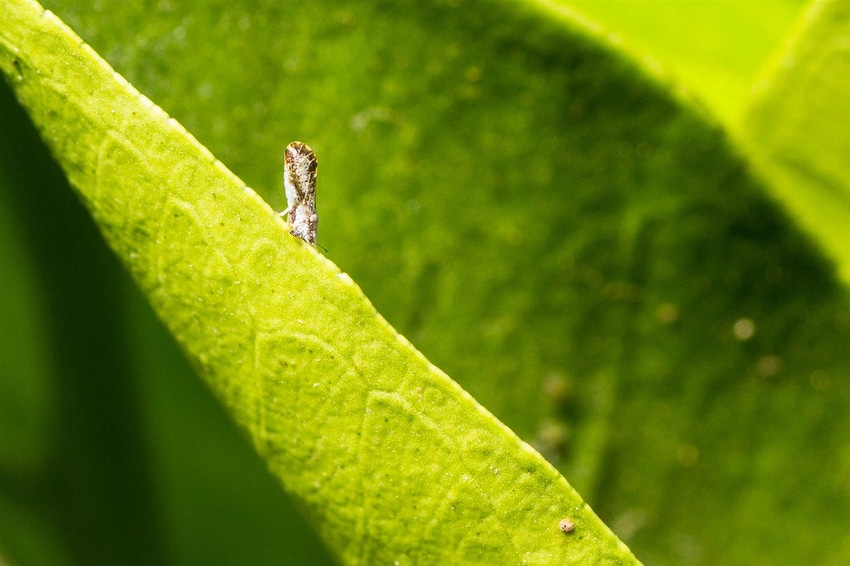August 1, 2018

California’s fight against the scourge of Huanglongbing (HLB), a fatal citrus disease consuming trees across southern California, received a recent financial commitment through the state budget.
Officials have $15 million, which includes a one-time allocation of $10 million in state money to address the expansion of HLB, which currently appears to be limited to residential trees in the southern California counties of Orange, Los Angeles and Riverside. This does not include federal funds the state receives for citrus programs.
Nick Condos, interim director of the California Pest and Disease Prevention Program with the California Department of Food and Agriculture, says the money will be used for biocontrol, HLB surveys, quarantine enforcement and tree removal. Once the state has determined through regulatory testing protocols that a tree is diseased, the tree is removed.
As of July 27, 774 citrus trees in the three California counties were removed after testing positive for the disease. State officials also collected 190 HLB-positive Asian citrus psyllid (ACP) samples from these locations. The ACP is the only known vector responsible for spreading the disease from tree to tree. Once a tree has the disease it is believed to be incurable.
Two HLB quarantine zones covering 755 square miles are currently enforced in southern California. A proposal to increase this zone in the Orange County area is awaiting formal approval by the state. The largest stretches from Pasadena to Irvine; the other is a circular zone centered on Riverside, where three diseased trees were discovered last year. Since then no new finds have been reported in Riverside, though the same cannot be said for neighboring counties.
Current hot spots for the disease appear to be in Anaheim and Garden Grove, with a combined 446 trees confirmed positive for the disease. Pico Rivera, San Gabriel, Whittier and Santa Ana also have numerous positive discoveries.
To date HLB has not been confirmed in commercial citrus groves. Industry officials say frank discussions are needed to address what may be inevitable – the existence of HLB in commercial groves – but has yet to be discovered in those locations. Those discussions should include testing protocols and an agreement on what growers will do if commercial trees test positive for the disease.
You May Also Like




